Ahh – the challenge of taking on something that’s seemingly impossible. Have you ever found yourself looking at a wilted, neglected plant and thinking “Can this thing still be saved?” If so, this blog post is for you! We’ll take a look at the latest research from horticulture experts to determine when it might be too late to revive a wilted or otherwise neglected houseplant. Along with practical tips and tricks for reviving your own beloved greenery, we’ll dig into why some plants may not bloom despite even the most determined efforts. Whether you’re an experienced gardener or just getting started with indoor gardening projects, join us as we explore how to understand when there’s hope–and when it’s too late–for saving your precious potted plants!
What are the Symptoms of a Dying Plant?
Being able to identify signs of a plant in distress can help you determine if it is too late to revive the plant. [1]
Wilting
Wilting is one of the most common signs that your plant is suffering from too little water. Wilting leaves and stems will droop downward or curl up at the edges, giving the impression that the plant has “fainted”. Wilting can also be caused by too much water, so make sure to check soil moisture levels before you start watering your plant again.
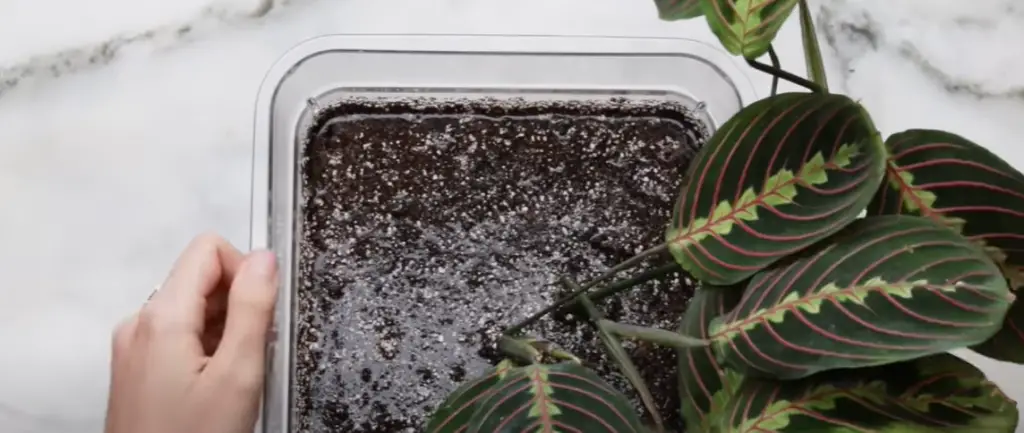
Discoloration
Discoloration of leaves or stems is another common symptom of a stressed out plant. The leaves may turn yellow, brown, or black and thinning can occur. This is often caused by watering issues, nutrient deficiencies, pests and disease, too much sun exposure, or other environmental conditions.
Fungus
Fungal diseases can cause wilting, discoloration and stunted growth in plants. White fuzzy patches on leaves or stems is a sign of fungus. If not treated quickly, the fungus can spread to other parts of the plant and eventually kill it. Make sure to carefully inspect your plants for signs of fungus regularly.
Insects
Insect pests can be very dangerous to your plants, and they should be dealt with as soon as possible. Look for signs of mites or aphids on leaves and stems (small, insects that look like tiny dots). These pests can suck the life out of your plant by sucking out their juices and leaving behind a sticky residue. Regularly inspect your plants and remove any pests with a cotton swab dipped in alcohol, or you can spray them with an insecticide.
Poor Growth
Stunted growth and poor flowering are also signs of a plant that is under stress. A healthy plant should have vigorous, green growth and abundant blooms. If your plant’s leaves are small, the flowers are few, or the stems are weak, your plant may not be getting enough nutrients, water, sunlight, or other environmental factors. Make sure to check all of these elements to make sure your plant is getting what it needs to thrive.
Root Rot
Root rot is a fungal disease that can cause the roots of your plants to die and rot away. It is caused by overwatering or poor drainage, and can be very difficult to treat. If you suspect your plant has root rot, it’s best to remove it from its pot and inspect the roots for signs of decay. If the roots are damaged beyond repair, it might be time to dispose of the plant and start fresh with a new one. [2]
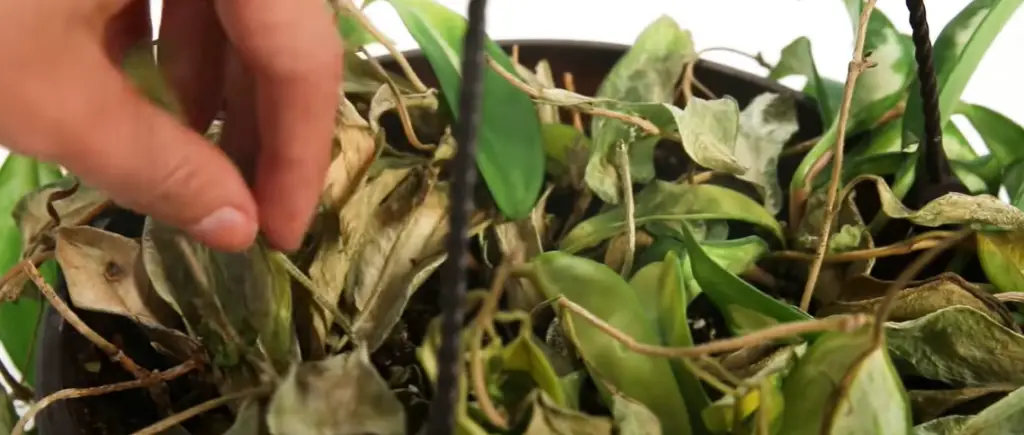
What Diseases Cause a Plant to Die?
In addition to environmental factors, some plants can be killed by diseases and pests. Here are just a few common plant diseases:
Powdery Mildew
Powdery mildew is a fungal disease that affects many types of plants, from vegetables to ornamental flowers. It appears as white powdery spots on the leaves and stems of plants. If the disease is not caught early enough, it can cause significant damage to your plants and even kill them. [3]
Bacterial Blight
Bacterial blight is caused by a type of bacteria that infects leaves and stems, causing them to become yellowed or browned. It can also cause spots on fruits and vegetables. The best way to treat bacterial blight is to remove infected plants and use an appropriate pesticide.
Fusarium Wilt
Fusarium wilt is a fungal disease that affects many types of plants, causing the leaves to turn yellow and wilt. It can also cause stunted growth and poor flowering in affected plants. To prevent fusarium wilt, use well-draining soil and water deeply to keep the soil moist.
Verticillium Wilt
Verticillium wilt is another fungal disease that can cause yellowing of leaves and stunted growth in plants. Like fusarium wilt, it is best to prevent this disease by using well-drained soil and avoiding over-watering.
Leaf Spot Diseases
Leaf spot diseases are caused by various types of fungi or bacteria that affect foliage. They cause dark spots on leaves, wilting, and can eventually kill the plant if not treated quickly. Make sure to inspect your plants for any signs of disease regularly and treat immediately with a pesticide or fungicide.
Pests
Pests such as aphids, mites, thrips, and scale can also cause serious damage to plants if left untreated. Make sure to regularly inspect your plants for any signs of pest activity and treat them with an appropriate pesticide. [4]
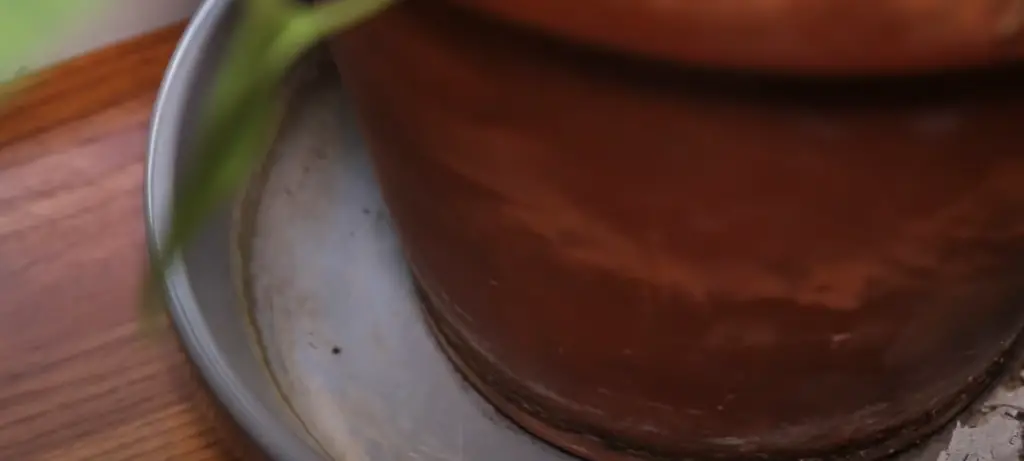
How to Care for Indoor Plants?
Indoor plants offer a variety of benefits, from bringing color and life to your room to providing cleaner air. But when it comes to caring for these plants, there can be many questions about the best way to do so. Here’s what you need to know in order to keep your indoor plants healthy and thriving:
- Provide adequate sunlight. Make sure your plants get the amount of sunlight they need each day to grow and stay healthy. Some types of indoor plants prefer bright, indirect sunlight while others thrive in full sun.
- Water regularly. Over-watering and under-watering are both bad for your plants, so keep an eye on how often you water them. A general rule of thumb is to water lightly every few days and make sure the soil isn’t too wet or dry.
- Prune regularly. Regular pruning helps your plants stay healthy and look their best. Cut off any dead or dying leaves, stems, and flowers to keep them looking neat and tidy.
- Fertilize occasionally. Although not necessary for all plants, some benefit from a bit of fertilizer every now and then. If you’re not sure if your plant needs it, consult with an expert or do some research first.
- Re-pot as needed. When your plant has outgrown its container, it’s time to move it into a bigger one. Be sure to use fresh potting soil and a pot with drainage holes.
- Check for pests. Indoor plants can sometimes be prone to pests, so check your plants regularly for signs of infestation. If you do find any, consult with an expert about the best way to deal with them. [5]
How to Care for Outdoor Plants?
When it comes to outdoor plants, there are a few key things to keep in mind when caring for them. It’s important to remember that different types of plants have different needs – some require more water than others, while some need more sun or shade than others. [6]
You should also be aware of seasonal changes and pay attention to how the weather may be affecting your plants – such as intense heat or cold. Additionally, if you’re growing vegetables or herbs, be sure to keep them away from any potential pollutants like car exhaust or fertilizer run-off. Here’s what you need to know in order to keep your outdoor plants healthy and thriving:
- Watering: Be sure to water your plants regularly, especially during dry spells. Depending on the type of plant and its geographical location, you may need to pay closer attention to how much water it needs. Check soil moisture levels often and adjust your watering schedule accordingly.
- Sunlight: It’s important for outdoor plants to receive sufficient sunlight in order to thrive – too much or too little can affect their growth. Pay attention to how your plants react to the sun and adjust accordingly.
- Fertilizer: Just like any other living thing, outdoor plants need nutrients to stay healthy. Use a quality fertilizer that is suitable for the type of plant you are growing. Make sure not to over-fertilize as this can be detrimental to the plant’s health.
- Pests & Diseases: Keep an eye out for any pests or diseases that may affect your plants. If you notice anything suspicious, take immediate action to treat it before it spreads and destroys your entire crop.
- Pruning: Regularly prune your outdoor plants in order to keep them healthy and promote growth. Trim away any dead or diseased branches and remove any weeds that may be growing near your plants. [7]
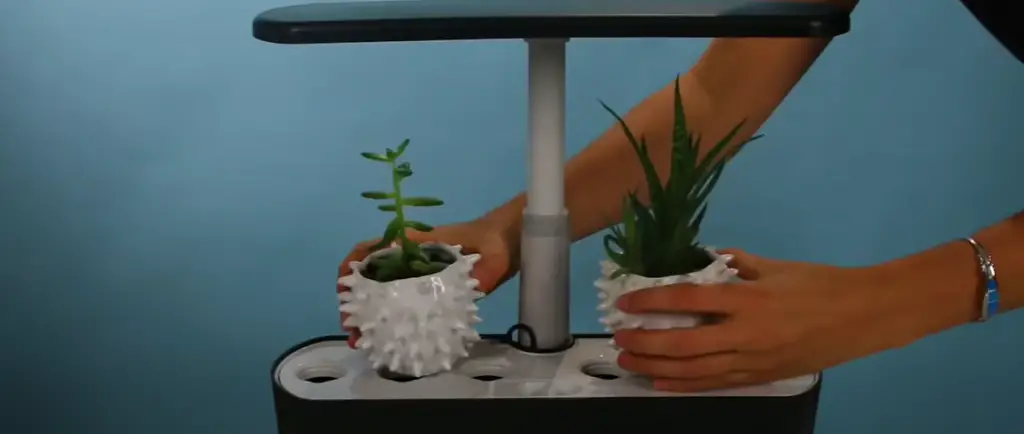
Which Plants are the Most Hardy?
When it comes to reviving a plant, not all plants are made equal. Some plants are more resilient and hardy than others, meaning they can survive even longer periods of neglect or dehydration. Among such plants there are:
Succulents
Succulents are probably the most resilient of all plants when it comes to reviving them, since they thrive in desert-like conditions and can store water for long periods of time. With proper care and hydration, they can be revived even if they have been neglected or dried out for extended periods.
Bulb Plants
Bulb plants and their underground stems are great at withstanding drought conditions and can survive for long periods without water. In some cases, they may even sprout after having been completely dry for a few months. To revive them, you should re-water them as soon as possible and keep the soil moist until new growth appears.
Cacti
Like succulents, cacti are highly drought-resistant and can survive for long periods of time without water. To revive them, give them a generous soaking in lukewarm water and then allow the soil to dry out before watering again. As with all plants, be careful not to over-water as this can lead to root rot.
Ferns
Ferns are another type of plant that can survive long periods without water and can be revived if they have been neglected. However, it is important to note that ferns will not tolerate extended drought conditions and need to be watered regularly in order for them to remain healthy and thriving.
Rope Plants
Rope plants, or Hoya, can survive extended periods of drought thanks to their fleshy leaves and thick stems. To revive them, give them a thorough soaking in lukewarm water and then allow the soil to dry out before watering again. Ropes plants also benefit from regular misting with a spray bottle.
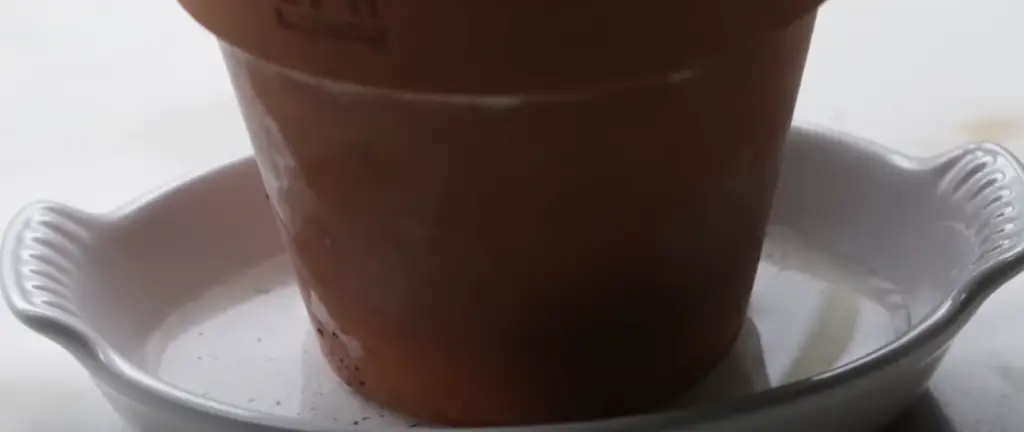
Ocotillo Plants
Ocotillos are one of the hardiest desert plants and can survive for weeks without water. To revive them, simply give them a thorough soaking in lukewarm water and then allow the soil to dry out before watering again. Ocotillos benefit from regular misting with a spray bottle as well. [8]
How to Revive a Plant?
If you think that your plant has died, don’t give up hope just yet! There are some steps you can take to try and revive it.
- Examine the soil – If the soil is dry, water it deeply and wait a few days for any signs of life. If the soil isn’t moist enough when you check it with your finger, add more water.
- Trim the leaves – Many plants become overgrown and need to be trimmed back in order to make them look healthier. A good pair of scissors or pruning shears will do the trick!
- Change the soil – If your plant has been living in the same pot for a while now, it may be time to give it a fresh start with some new soil.
- Move the plant – If your plant isn’t getting enough light where it is, try moving it to a sunnier spot. Make sure not to leave it in direct sunlight for too long or else you’ll risk burning the leaves.
- Repot the plant – If your plant is root bound or the soil has become compacted, it’s time to repot it into a larger container. Make sure to provide plenty of drainage holes in the new pot and use a good quality soil mix for best results.
Hopefully these steps will help you revive your beloved plant! It’s important to remember that not all plants can be saved, so it’s best to check with a professional if you’re unsure what to do. With the right care and attention, your plant could be back on its feet in no time! Good luck! [9]
When is It Too Late to Revive Plants?
When it comes to rescuing a distressed plant, it can be difficult to know when enough is enough. Although some varieties of plants can come back from near-death experiences with the right care and attention, there are those that cannot be saved. To ensure you don’t risk losing your beloved botanical friend, it’s best to identify the signs that indicate when a plant has truly gone beyond revival.
Another major sign that a plant is beyond revival is when its leaves or stems become mushy and soft. This usually indicates rot or root disease, which can spread to other parts of the plant if left unchecked. If you notice any such signs in your plant, it’s best to remove them as soon as possible before they spread.
Finally, if your plant appears wilted and has a grayish hue to its leaves, then it may be too late to revive it. Wilting occurs when the roots are no longer able to absorb water efficiently due to dehydration or lack of nutrients. This can quickly lead to death if not addressed quickly, so it’s best to act fast if you notice any wilting. [10]
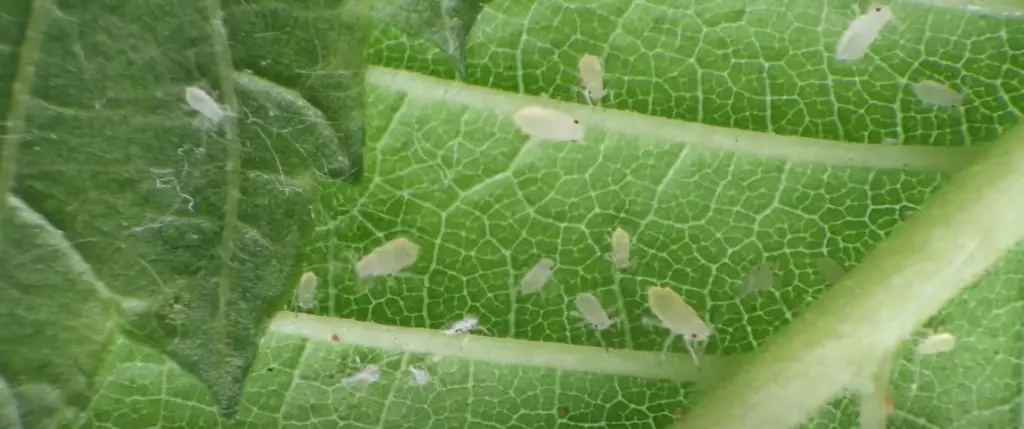
FAQs
How do you know if a plant is too dead?
One of the best ways to tell if a plant is too dead to revive is by assessing its condition. If your plant looks completely dry and brittle with no sign of life, it may be too far gone for revival. Check for any signs of life such as leaves that are wilting or discolored but still pliable. If you have already tried watering it and it has not responded, then the plant may be too far gone. To ensure that a plant is dead, its stem should be cut off near the soil line to check if any moisture or sap remains in the stems. If there is no moisture present, the plant is likely beyond salvaging.
How long does it take for a wilted plant to recover?
This depends on the severity of the wilting. In general, a plant that has recently wilted may be able to recover in a few days with proper care. If the cause of the wilting is corrected and the plant is given adequate water and nutrients, it can come back to life within several days. However, if a plant is severely dehydrated or has been wilted for a prolonged period, it may not survive or take much longer to recover. Therefore, it is important to pay close attention to your plants and intervene as soon as possible if they show signs of wilting.
What does root rot look like?
Root rot is a common plant problem that can be caused by various types of fungi, bacteria, or viruses. It typically appears as black spots on the roots or stems of the plant and can cause wilting leaves, stunted growth, and eventually death. Fortunately, root rot can often be treated if it’s caught in time.
How long does it take for a plant to rehydrate?
The amount of time a plant takes to rehydrate depends on the type of plant and its age. Younger plants tend to revive faster than older ones, as they are less likely to be dehydrated in the first place. Plant species also vary in how quickly they can absorb water when rehydrating. In general, it is best to give any plant enough water to revive it within three hours. Any longer than that may be too late to fully rehydrate the plant.
It’s important to remember that there are other factors involved in reviving a dehydrated plant, such as soil moisture and temperature. If the soil is particularly dry, or if temperatures are high, then the rate of water absorption by plants will be slower, meaning it may take longer to revive them. In these cases, you should be prepared to wait a few days before seeing any signs of life from the plant.
If it has been more than three days and there are still no signs of recovery, then it is likely too late to salvage the plant. Of course, if you decide to try reviving the plant in this case, it is important to monitor it carefully and give it enough time to show signs of life. It may be worth consulting a professional gardener or horticulturalist to determine whether your efforts will be successful.
Useful Video: How To Revive Your Dying Plants
To Sum Up
To conclude, reviving a plant can be an arduous and time-consuming task. It may take days, weeks, or even months to get it healthy again, though it will simply require one poor decision to make it too late for any rescue attempt. That being said, taking good care of your plants requires commitment and dedication; however, by keeping an eye on them, providing plenty of light and water as well as ensuring appropriate soil temperatures (when necessary), you’ll be able to keep them alive and thriving for years to come. The key is to not become complacent – if you sense something is off with your plants, take action right away no matter how small the issue may seem. After all, prevention is better than cure in this case! It is also important to remember that each plant has its own individual needs, so be sure to research the ones you are caring for properly in order to maintain them correctly.
References:
- https://www.abc.net.au/everyday/signs-your-plant-is-struggling-and-how-to-save-them/11324798
- https://medium.com/@PureGreensAZLLC/10-warning-signs-your-plants-are-dying-cb93f841c591
- https://www.britannica.com/science/plant-disease/Symptoms-and-signs
- https://www.livspace.com/in/magazine/common-plant-diseases
- https://www.pennington.com/all-products/fertilizer/resources/8-steps-to-growing-a-healthy-indoor-garden-anytime
- https://www.gardenfactoryny.com/outdoor-plant-care
- https://www.masterclass.com/articles/how-to-keep-plants-alive
- https://www.woodlandtrust.org.uk/blog/2019/03/hardy-plants/
- https://www.realsimple.com/how-to-revive-a-plant-7109978
- https://www.floridayards.org/when-is-it-too-late-to-revive-a-plant/





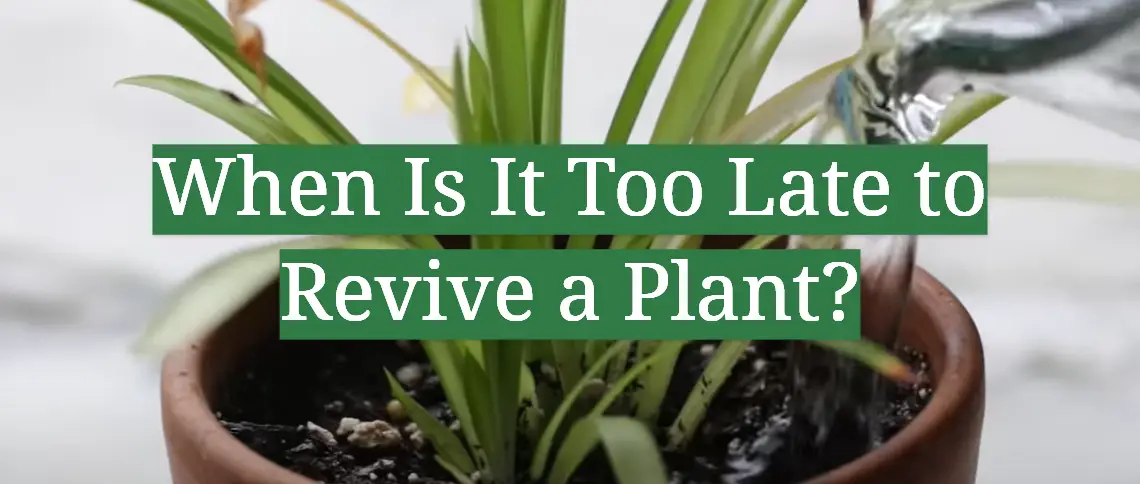




Leave a Reply
View Comments